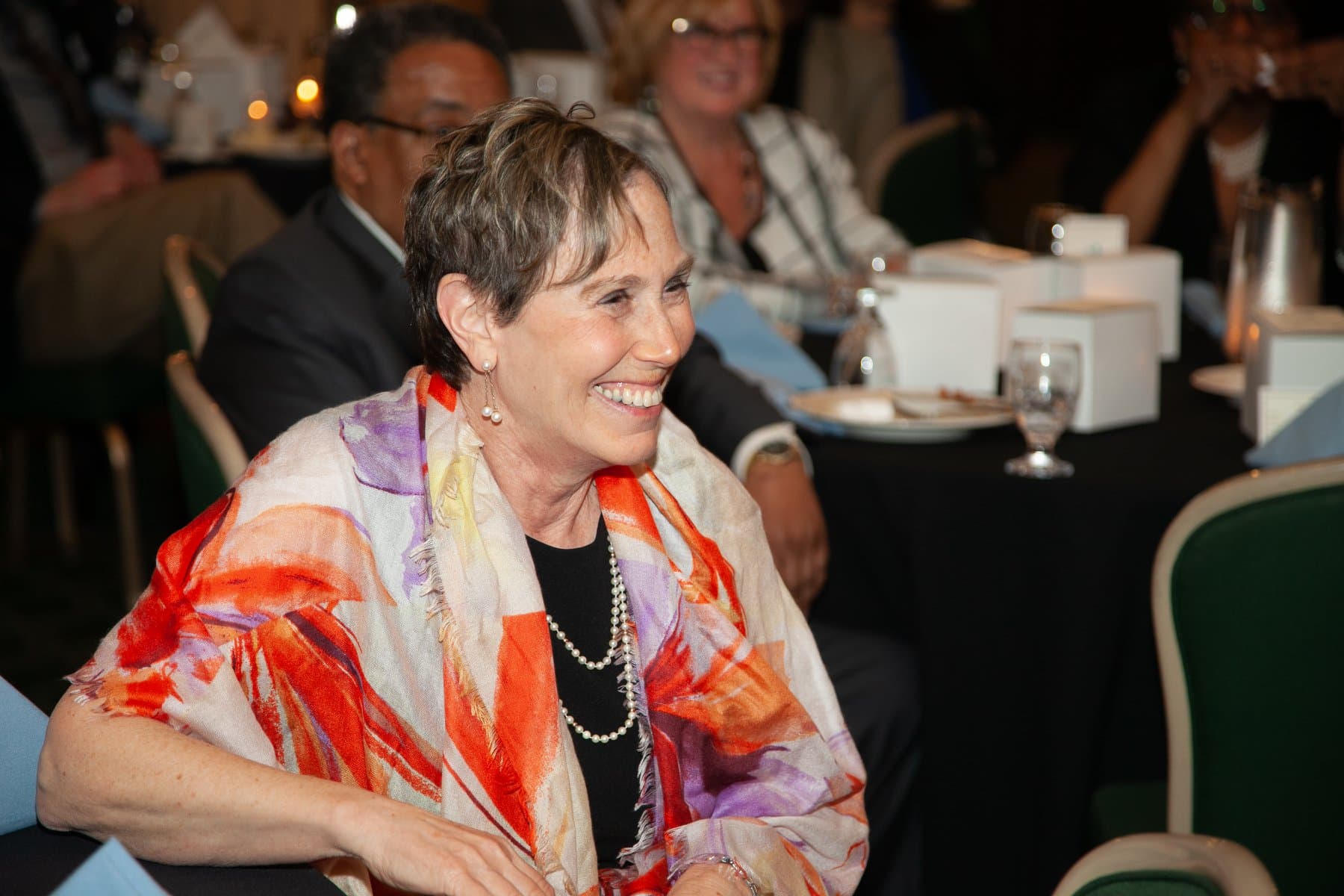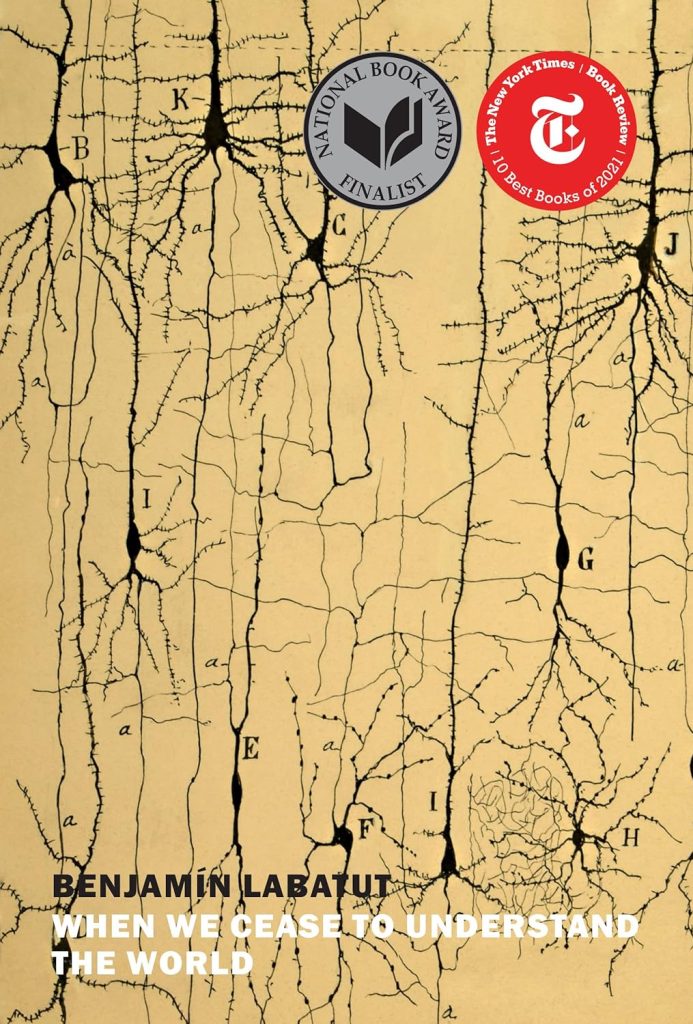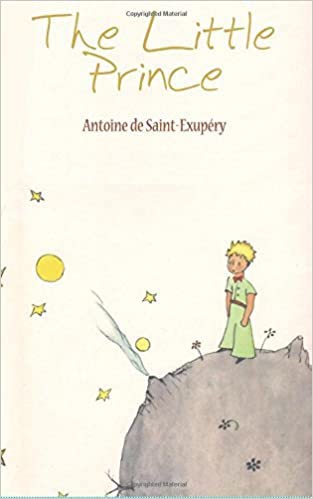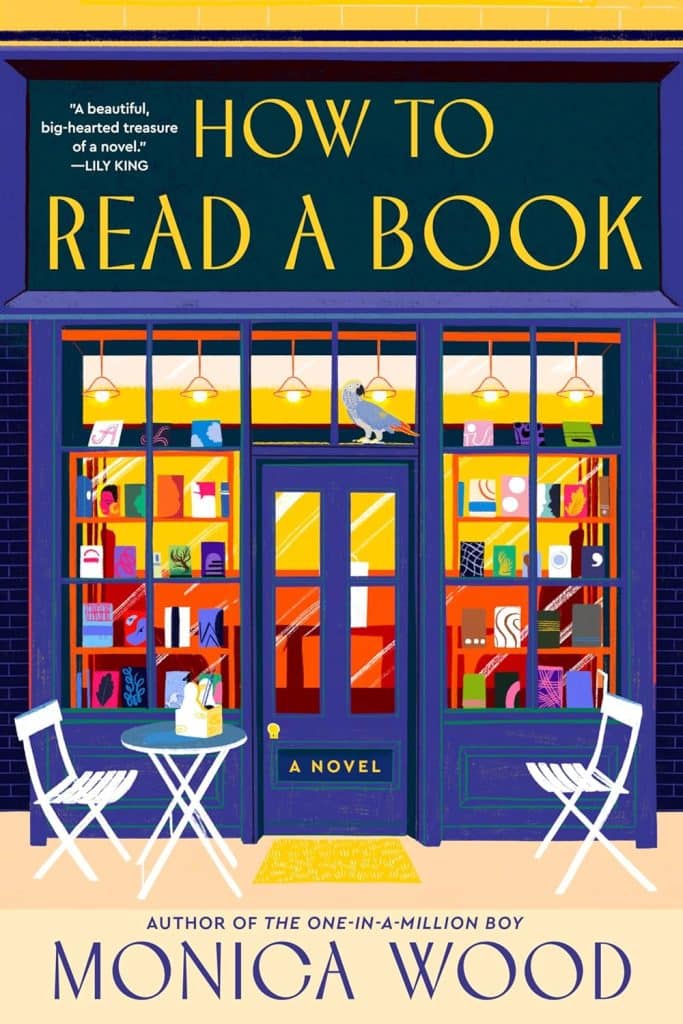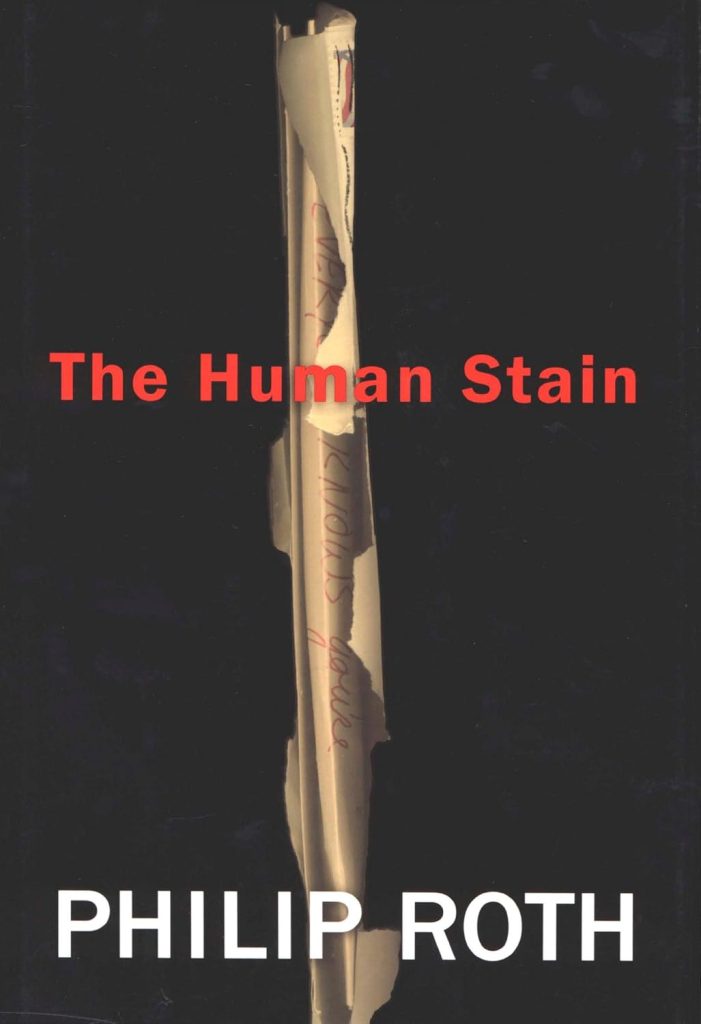The Triad of Love
Estimated reading time: 13 minutes, 6 seconds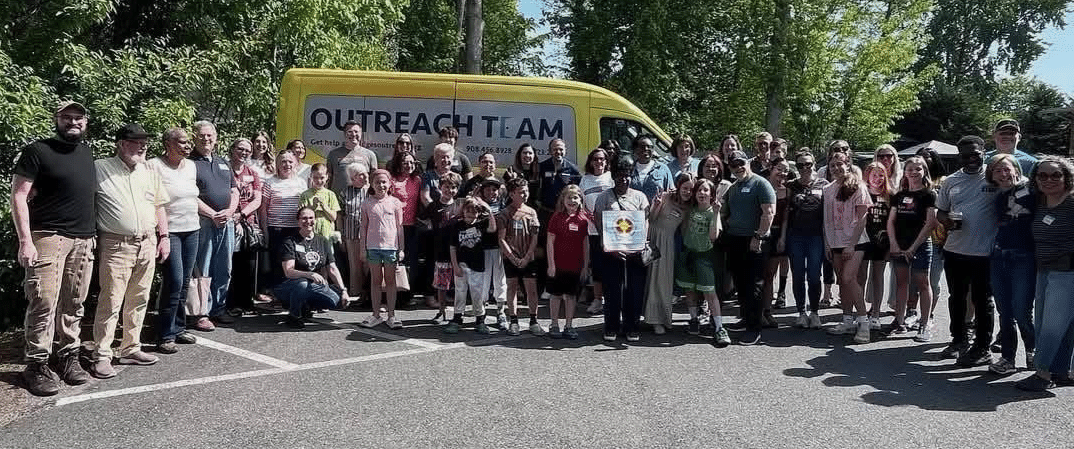
Walking Into The Sky for My Third Big Climb for a Cure for All Cancers!
On April 26, I completed my third LLS Big Climb, and it was an exhilarating experience! I faced the heights of One Gateway Center in Newark and felt a rush of anticipation as I began my ascent into the misty clouds along a windowless hallway on that Saturday morning. Each step provided a new perspective on why I climb: to help find a cure for cancer.
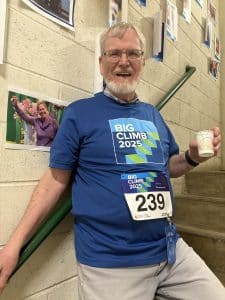
In preparation for this challenge, I spent countless hours walking up and down Cranford’s six-story parking garage, which gave me a taste of the thrilling feeling of reaching for the sky.
Thanks to the support of friends, neighbors, fellow walkers, dreamers, survivors, and those who have lost loved ones, I became the second-highest individual fundraiser. With the donations I received and matching contributions, I raised a total of $10,662. My initial goal was to raise $2,000—a modest increase from my 2024 Big Climb. Within a few days, I reached that amount, and my goal continued to rise as more donors responded. A total of sixty-one donors contributed to my Big Climb. I truly appreciate every contribution and the unwavering support in this fight against cancer.
If you are a donor or someone I reached out to who did not contribute, I want to acknowledge my persistence in seeking your support. If I offended anyone in the process, I sincerely apologize. However, being proactive in asking for donations has become a significant part of my life, especially four years after losing my wife.
Although I did not know my official climbing time, I slowed down only once to turn back and take a photo of my wife. I touched my lips and then placed my hand on the image. I walk in her memory, serving as a constant reminder of the personal impact of cancer. More importantly, I walk to help find a cure not only for blood cancers but for all types of cancer. Every three minutes, someone in the U.S. is diagnosed with leukemia, lymphoma, or myeloma, and approximately every nine minutes, someone in the U.S. dies from blood cancer.
If climbing twenty-six stories can improve the odds for those diagnosed and help them become survivors, then the pain I felt after ascending into the sky was worth it. I urge you to join me in this fight by donating to cancer research. Together, may we one day find a cure for cancer.
After almost 48 years, I recently lost my wife, Jan Lilien. Like The Little Prince, Jan and I believed that “The most beautiful things in the world cannot be seen or touched, they are felt with the heart.” This blog is a collection of my random thoughts on love, grief, life, and all things considered.
